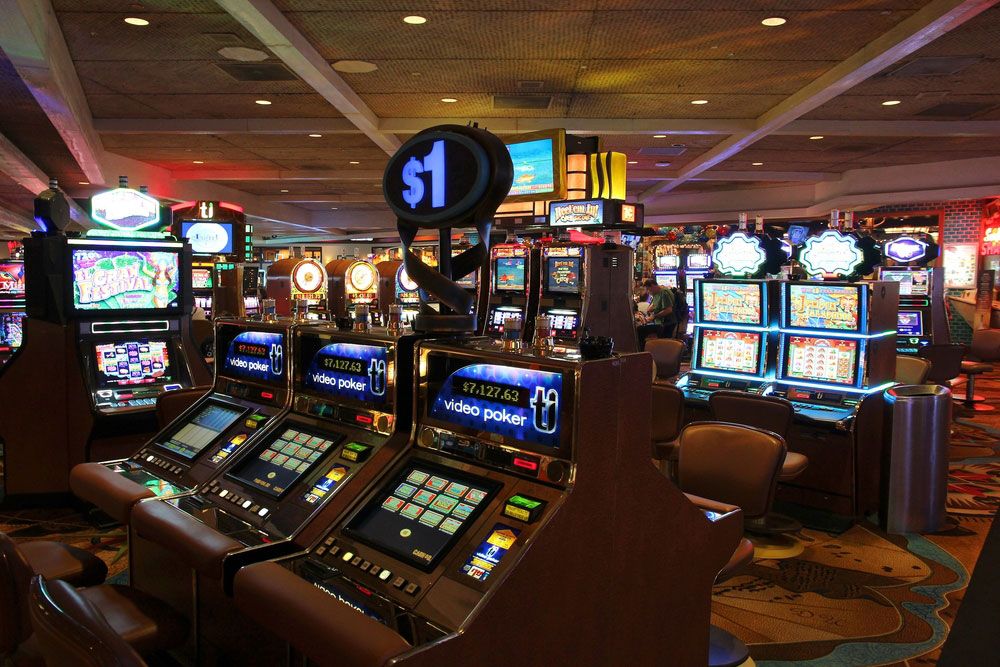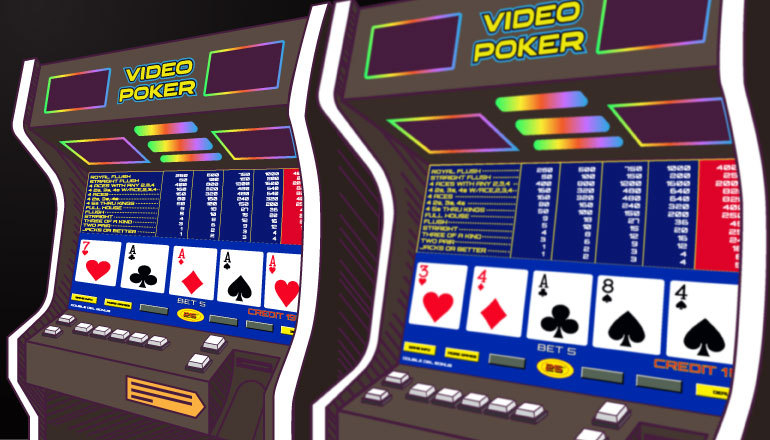For centuries, poker has enraptured players with its perfect blend of skill, strategy, and luck. Its transition from the card table to the digital realm is a tale of technological innovation and human passion for the game. Here’s a look at how traditional card poker evolved into the videopoker machines we know today.
A Game of Royals: The Origins of Card Poker
Card poker’s roots can be traced back to ancient civilizations, with variations of the game played by the Chinese, Persians, and Europeans. The game we recognize today, however, solidified in 19th century America. Saloons across the Old West saw poker games as a staple, with players battling their wits in hopes of a royal flush.
As the game’s popularity grew, so did its variations. Games like Texas Hold’em and Seven-Card Stud emerged, each adding its own twist to the classic formula. The love for poker was evident as it became a mainstay in American culture, immortalized in songs, movies, and literature.
While card poker’s essence remained unchanged, the 20th century ushered in technological advancements that set the stage for its digital counterpart – videopoker.
The Rise of Videopoker: Slot Machines Meet Card Games
The 1970s saw the birth of videopoker, a fusion of slot machine mechanics with traditional poker rules. These machines offered a new way to play, where one could test their skills against the machine, aiming for that high-paying royal flush or four-of-a-kind.
Initially, videopoker struggled to gain traction. However, with the introduction of the ‘Draw Poker’ machine in 1979, the game’s popularity skyrocketed. Players appreciated the mix of skill and luck, and the solitary nature of the game provided a break from the intimidating poker tables.
The Technological Push: From Mechanical to Digital
Early videopoker machines were rudimentary, relying on spinning drums similar to slot machines. The real revolution came with computerized screens and Random Number Generators (RNG). These innovations allowed for more game variations and fairer gameplay, as every card dealt was truly random.
The advent of the internet in the 1990s further propelled videopoker’s growth. Online casinos started offering videopoker games, allowing players to indulge from the comfort of their homes. These platforms also provided a training ground for novices, a place to hone skills without the pressure of real-world stakes.

Modern Videopoker: A World of Possibilities
Today, videopoker stands as a testament to technological innovation and human ingenuity. Modern machines offer a plethora of game variations, from ‘Jacks or Better’ to ‘Deuces Wild’, each with its own strategy and payout table.
Graphics have also evolved, with immersive sound effects, high-definition displays, and even 3D animations. Some machines even offer progressive jackpots, linking several machines for ever-growing prize pools.
Moreover, mobile gaming has brought videopoker to our fingertips, making it accessible anytime, anywhere. This convenience, combined with the game’s strategic depth, ensures its place in the hearts of players worldwide.
From Table to Screen: A Journey of Passion
While the medium has changed, the core of poker remains intact. The thrill of chasing that elusive royal flush, the strategy of deciding which cards to hold, and the sheer joy of a winning hand – these feelings are timeless.
Whether at a saloon’s card table or a modern videopoker machine, the game continues to captivate. It stands as a bridge between past traditions and future innovations, forever echoing the passion of those who play it.

